Imagine being gently guided toward deep, meaningful memories of your past. Now, envision a near future brimming with possibilities—shapes and colors weaving together to create stories yet to unfold. Picture your mind soaring freely, exploring hidden fears, forgotten dreams, and your boldest aspirations.
Ayahuasca, a sacred brew from the Peruvian Amazon, has been used for centuries by indigenous communities as a powerful tool for healing and self-discovery. More than a remedy, it serves as a bridge to profound spiritual connection, offering clarity and balance to those who experience it. In this blog, we’ll provide everything you need to know about its origins, uses, benefits, and precautions. Read on to explore its transformative potential!
What is Ayahuasca?
Ayahuasca is a psychotropic brew from the Amazon with hallucinogenic properties, often used as a complementary approach to address addiction, depression, and anxiety. It offers individuals a powerful opportunity for introspection, helping them develop deeper self-awareness and a clearer perspective on their lives.
What does the term Ayahuasca mean?
The word ayahuasca comes from Quechua, combining aya, meaning “spirit of the dead” or “soul,” and huasca, meaning “rope” or “vine.” Together, it can be understood as “the vine of the spirits” or “the rope of the dead,” symbolizing its purpose in facilitating deep spiritual and conscious exploration.
While it’s widely known as ayahuasca in Peru, this sacred brew goes by different names across the Amazon. In Ecuador, it’s called natema or ayahuasca; in Brazil, it’s known as jurema, chá, or daime; and in Colombia, it’s referred to as yagué.
Chemical Components of Ayahuasca
Ayahuasca is a fascinatingly complex brew. According to Peru's Ministry of Agrarian Development and Irrigation, its effects come from the combination of two key ingredients:
- Banisteropsis Caapi.- This Amazonian vine forms the foundation of Ayahuasca. It contains beta-carboline alkaloids like harmine, tetrahydroharmine (THH), and harmaline. These compounds act as monoamine oxidase inhibitors (MAOIs), which block the enzymes responsible for breaking down neurotransmitters in the brain.
Psychotria viridis (chacruna) o Diplopterys cabrerana (chaliponga).- These plants complement the brew by providing dimethyltryptamine (DMT), a powerful psychoactive compound. Normally, DMT is quickly broken down in the stomach by monoamine oxidase enzymes. However, the MAOIs in Banisteriopsis Caapi prevent this breakdown, allowing the DMT to enter the bloodstream and reach the brain, where it induces vivid visions and profound mystical experiences.
Preparing the plant. @healeralexandra Preparing Ayahuasca ingredients. @casadelmaestromedicina
Ayahuasca Tourism: The Best Places for an Ayahuasca Ceremony in Peru
Ayahuasca tourism has become increasingly popular in recent years. It involves traveling to South America, especially the Peruvian Amazon, to take part in Ayahuasca ceremonies or retreats.
Every year, people from all over the world visit these "retreat centers," seeking the spiritual and introspective experiences that Ayahuasca is known for. Here are some of the most notable places in Peru where you can participate in an Ayahuasca ceremony:
Peruvian Jungle
The Peruvian jungle, specialy the Manu Nationa Park, known as the "birthplace of Ayahuasca," is the perfect place to connect with nature and the ancestral roots of this sacred medicine. Ceremonies are led by a shaman or healer, indigenous practitioners with ancient knowledge passed down through generations.
This well-known center in Iquitos offers 7- to 12-day retreats that combine Ayahuasca ceremonies with yoga and introspection workshops. The ceremonies are led by Shipibo-Conibo shamans, who guide and support you throughout your entire healing process.
Located in Iquitos, this center focuses on traditional medicine and offers retreats lasting anywhere from 7 days to up to a year for those wanting to learn about shamanism. Guided by experienced Shipibo healers, the program combines Ayahuasca ceremonies with plant-based diets and medicinal brews, providing a therapeutic and deeply personal journey.
Close to Iquitos, this retreat center is led by Shipibo Maestra Estela Pangoza. It offers intimate Ayahuasca ceremonies with a strong focus on emotional healing. Surrounded by the lush jungle, the center provides an authentic and grounding environment for deep reflection and personal growth.
Cusco
Cusco, the ancient city of the Incas, is another great destination for Ayahuasca ceremonies. While this sacred brew doesn’t originate from the region, the city’s mysticism and powerful energy make it an ideal place for those seeking a transformative experience.
- Sapan Inka Retreats
Located in the Sacred Valley, this retreat combines Ayahuasca ceremonies with meditation, yoga, and nature exploration in a spiritual setting. Sapan Inka is designed to help participants work through trauma, existential challenges, and energy imbalances.
- Healing Tree Ayahuasca
Right in Cusco, this center offers Ayahuasca and Wachuma (San Pedro) ceremonies in safe, supportive settings. They focus on helping people heal emotionally and physically while encouraging personal growth.
- Shamanic Vine Centro Espiritual
Located in Cusco, this center offers Ayahuasca ceremonies guided by experienced shamans. They combine traditional practices with modern insights, using plants like Ayahuasca and Chacruna from the jungle, along with Andean plants such as Wachuma (San Pedro) and coca leaves.
How to Prepare for an Ayahuasca Ceremony
Prepararse adecuadamente para una sesión o ceremonia de ayahuasca es fundamental para aprovechar al máximo la experiencia. Se recomienda iniciar la preparación al menos una semana antes del retiro, enfocándose tanto en aspectos físicos como mentales:
Physical Preparation
What to avoid:
- Drinking alcohol.
- Eating heavy meats like pork.
- Consuming dairy or overly ripe fruits.
- Taking vitamins, supplements, or protein shakes.
What to include:
- A diet rich in fresh, natural, and organic foods.
- Simple, wholesome options like vegetables, brown rice, oats, and lentils.
- Drinking plenty of water to stay hydrated.
Mental Preparation
Let go of expectations
It’s natural to feel excited after hearing stories from friends or seeing videos about the benefits of Ayahuasca, but try not to come with specific expectations. Every session is unique and deeply personal. Approach it with an open mind and no preconceived ideas about what you "should" feel or see.
Disconnect from technology
Limit your use of devices before the retreat to help you focus inward and reduce external distractions.
Set clear intentions
Take some time to reflect on why you’re attending the ceremony and what you want to work on—whether it’s healing, seeking clarity, letting go, or reconnecting with something meaningful. Having clear intentions and emotional readiness can make your experience much deeper and more impactful.
Is Ayahuasca Right for Everyone?
Ayahuasca isn’t for everyone. While it’s an ancient medicine with many potential benefits, there are situations where it may not be safe.
It’s not recommended for people with health conditions like uncontrolled high blood pressure or heart issues. Pregnant or breastfeeding women should also avoid Ayahuasca, as its effects could pose risks to both mother and baby.
Before deciding to take part in a ceremony, it’s important to evaluate your health and consult with a doctor or experienced facilitator. Safety and responsibility should always come first.
Stages of an Ayahuasca Ceremony
The Beginning of the Ceremony
The ceremony starts with an opening ritual led by the shaman or healer. This typically includes an energetic cleansing of the space and the participants, using sacred plants or incense. The shaman will also give a brief introduction about the purpose of the ceremony and invite participants to reflect on their personal intentions before drinking the Ayahuasca.
During the Ceremony
After drinking Ayahuasca, the effects usually begin to set in within 20 to 60 minutes, depending on the individual. Throughout the experience, the shaman guides participants with ícaros—sacred songs that help channel emotions and direct the flow of energy within the group.
It’s common to experience physical purging, such as vomiting, diarrhea, or sweating, as well as deep introspection. These processes are seen as an essential part of the healing journey.
What are Ícaros?
Music is a vital part of an Ayahuasca ceremony. Ícaros are traditional songs passed down through generations of shamans and healers. They’re considered a form of energetic communication that connects the Ayahuasca plant with the participants.
These songs are designed to calm and guide participants through intense moments, fostering a deeper connection with the spirits of nature, including trees, rivers, animals, and plants.
Instruments Used in the Ceremony
Ícaros are often accompanied by traditional instruments that enhance the overall experience, such as:
- Maracas or rattles
- Drums
- Native flutes
- Quenas
- Bells or jingles
Music During the Ceremony
Music is a big part of Ayahuasca ceremonies. Ícaros—traditional sacred songs—along with instruments like drums and maracas, help guide the experience. The music sets the pace, keeps the energy flowing, and provides emotional support as participants go through their journey.
After the Ceremony
At the end of the ceremony, there’s time to rest and reflect. Participants are often encouraged to share their experiences with the group if they feel comfortable. The shaman offers advice on how to process the experience and apply the lessons to everyday life.
Effects of Ayahuasca
Physical Effects:
- Nausea
- Vomiting
- Changes in blood pressure
- Heightened sensitivity to light, sound, or touch
Psychological and Spiritual Effects:
- A deeper connection with yourself, nature, and the universe
- Clarity about your purpose or direction in life
- Visionary insights that give new perspectives on personal or emotional challenges
- Support for processing emotional trauma, reducing anxiety and depression, and building self-awareness
- Enhanced brain function, leading to sharper thinking and mental clarity
Ayahuasca is an ancient medicine that has helped thousands of people on their healing journeys. That said, it’s important to do your research and choose a trustworthy place to experience this powerful brew safely. Many people find it helpful to start with a San Pedro (Wachuma) ceremony—a gentler medicine that prepares your body and mind for the deeper spiritual experience of Ayahuasca.

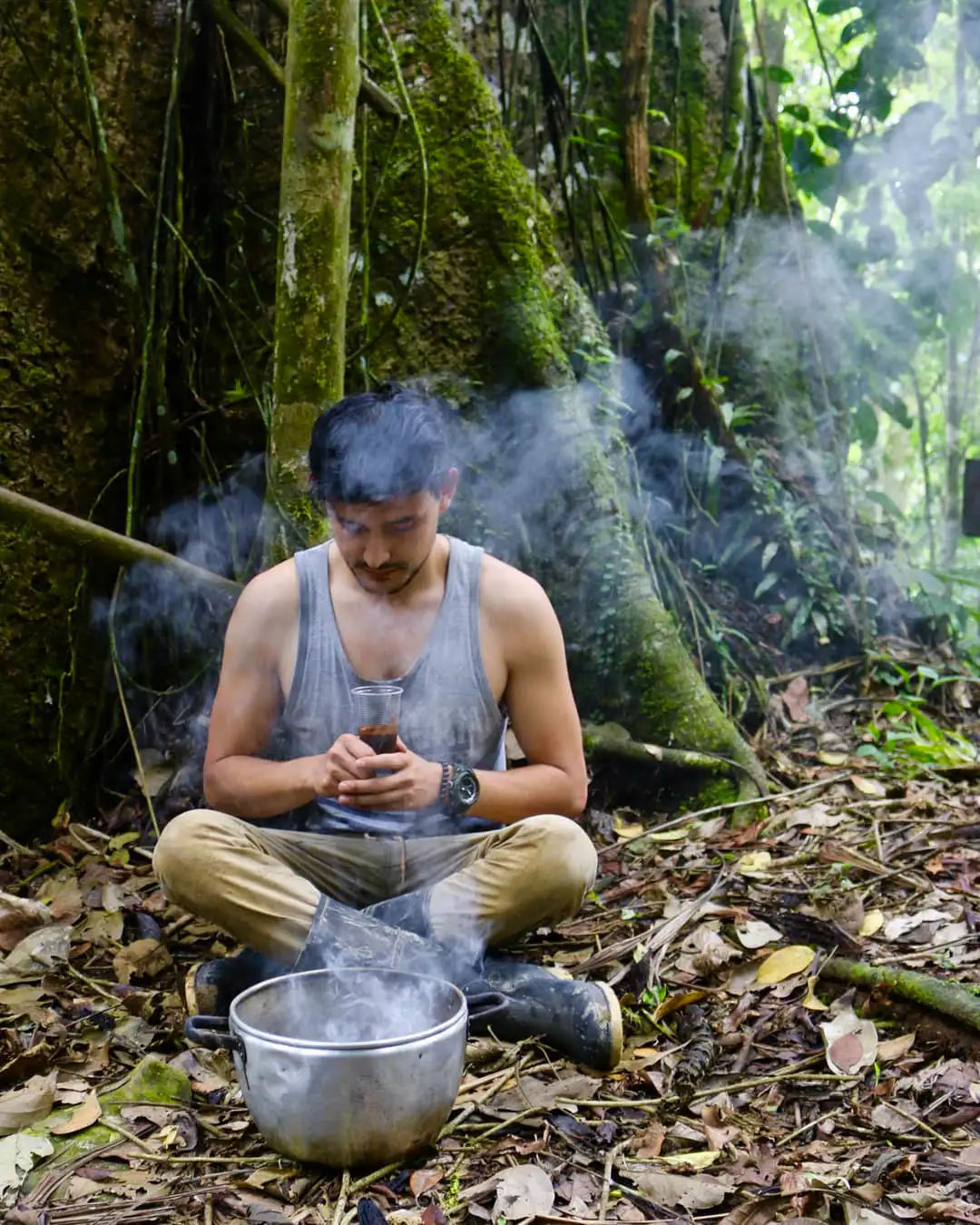
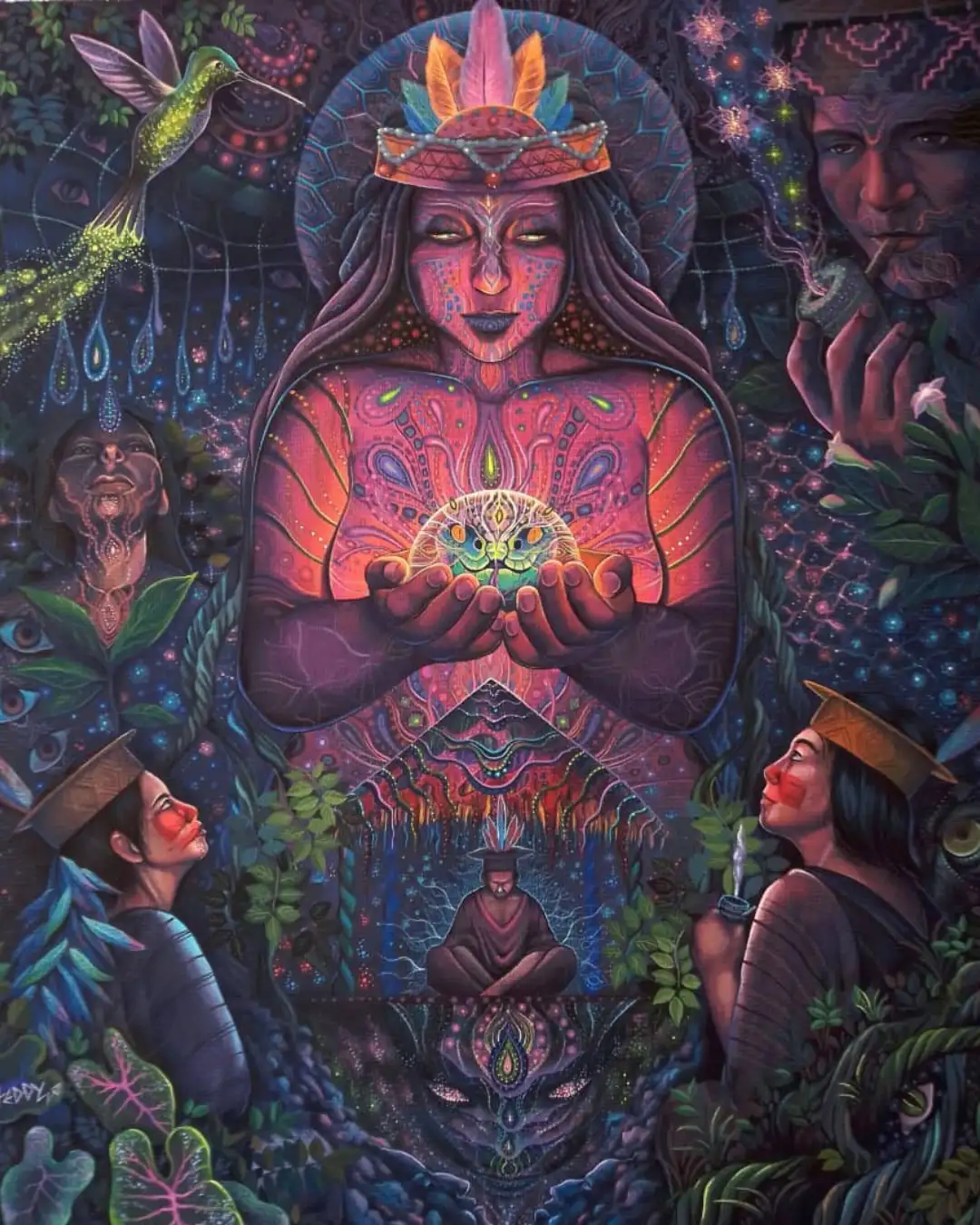
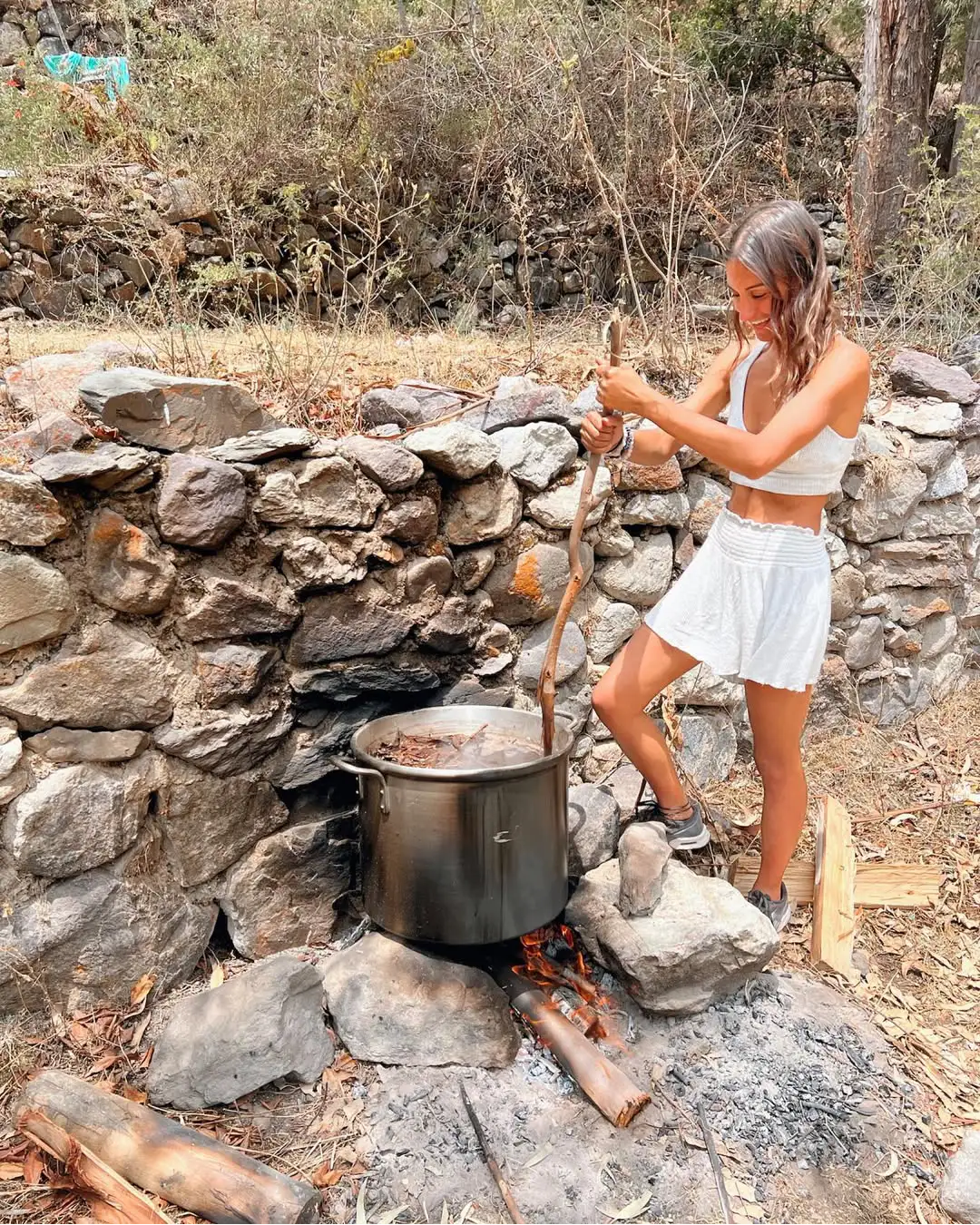
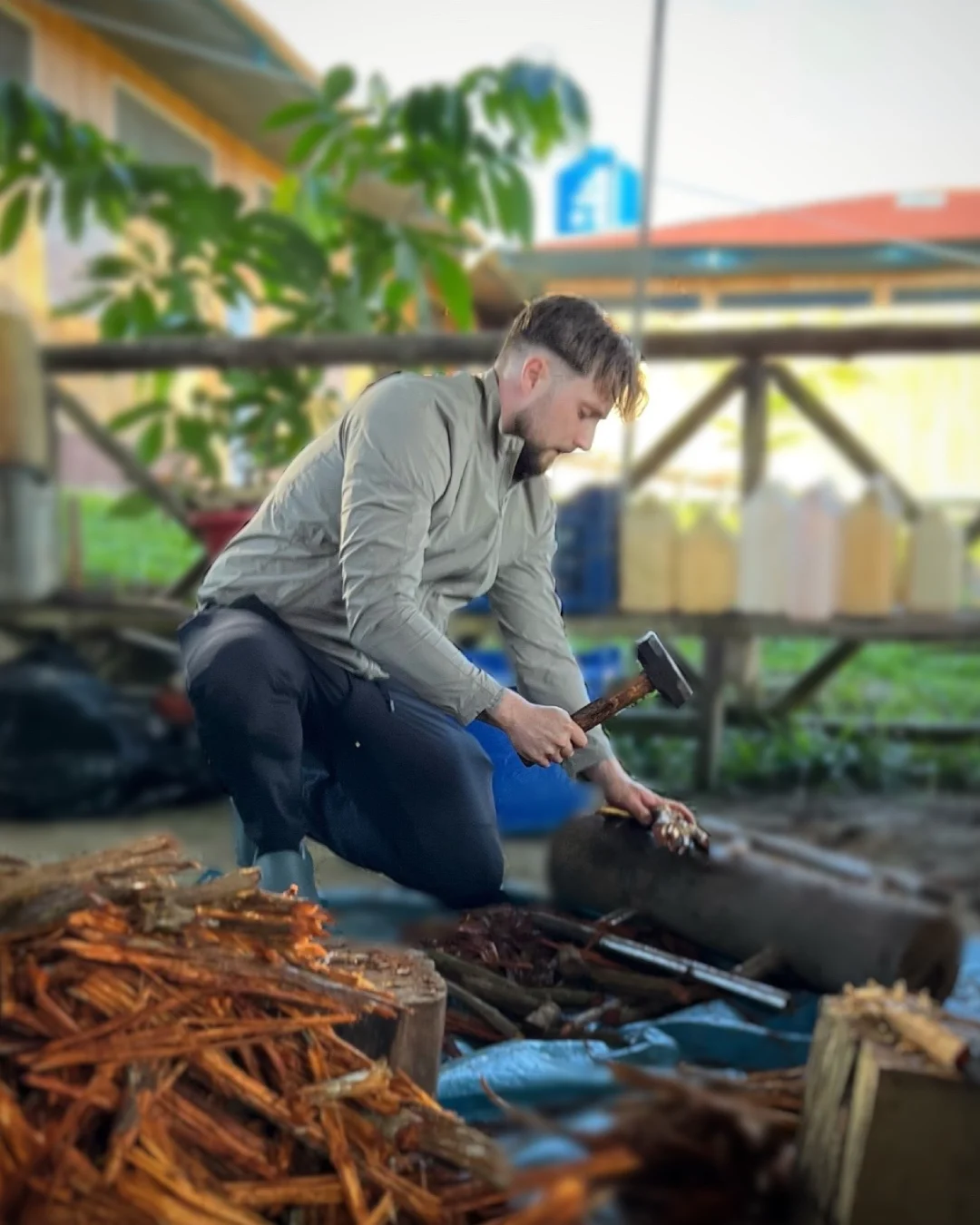
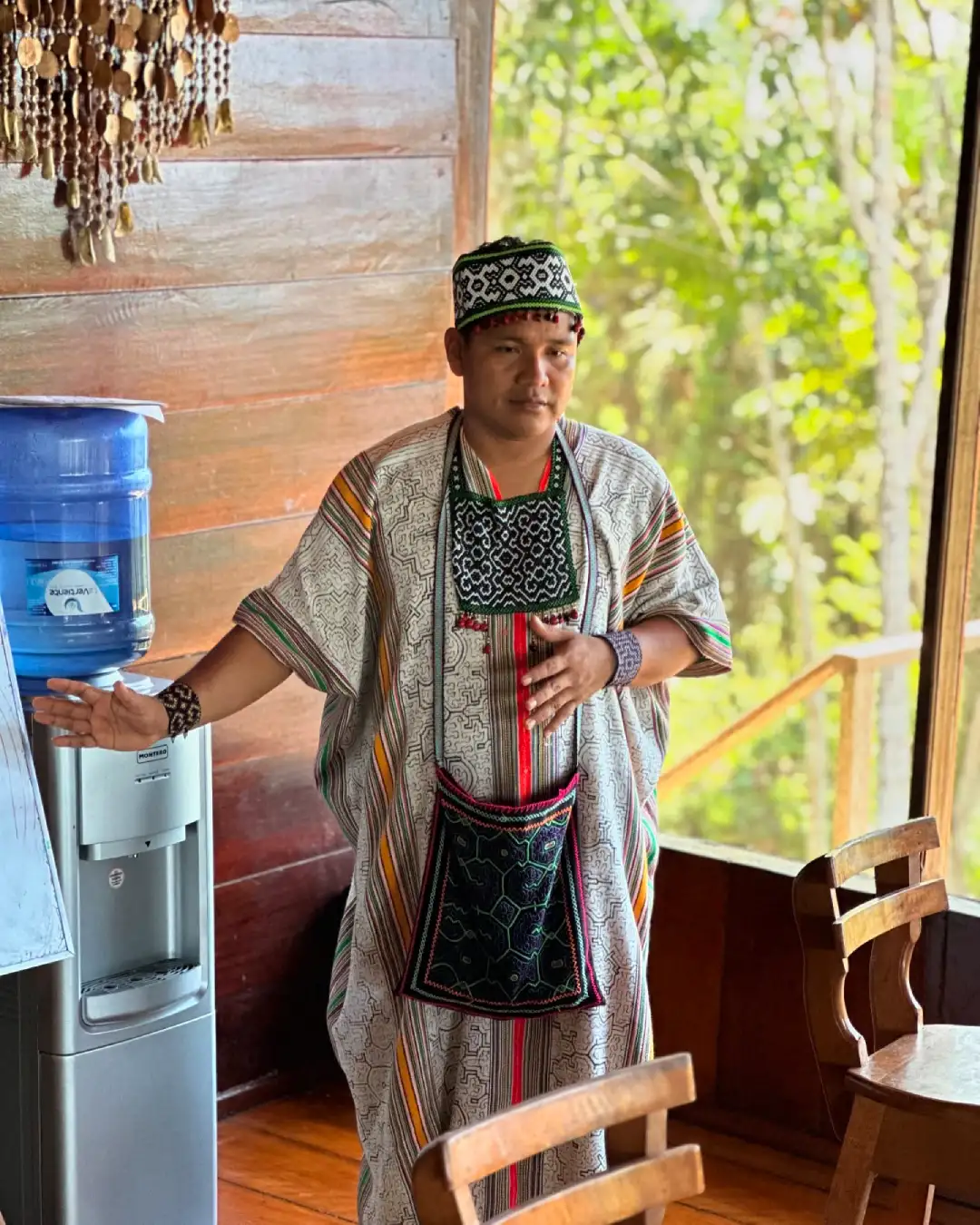
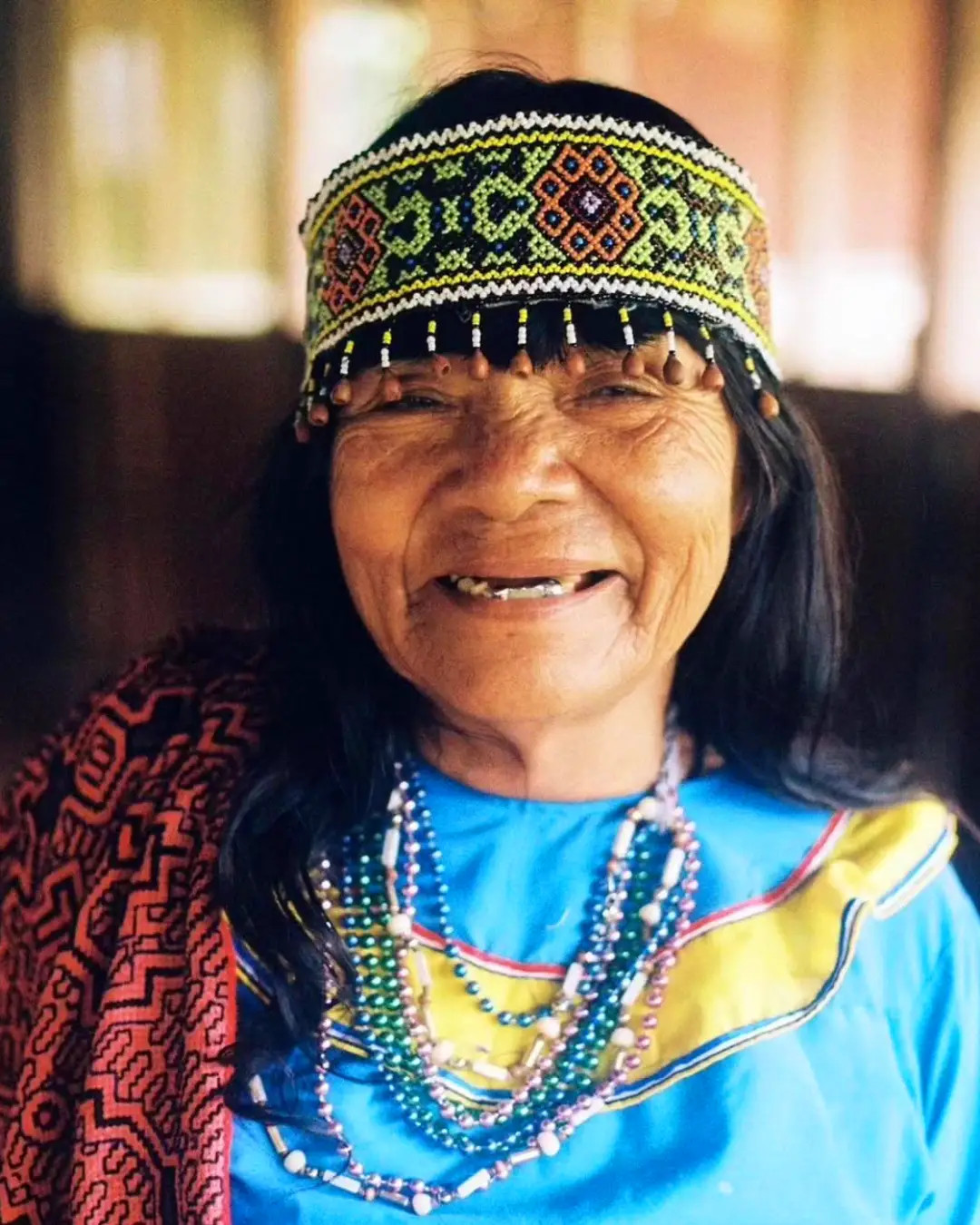
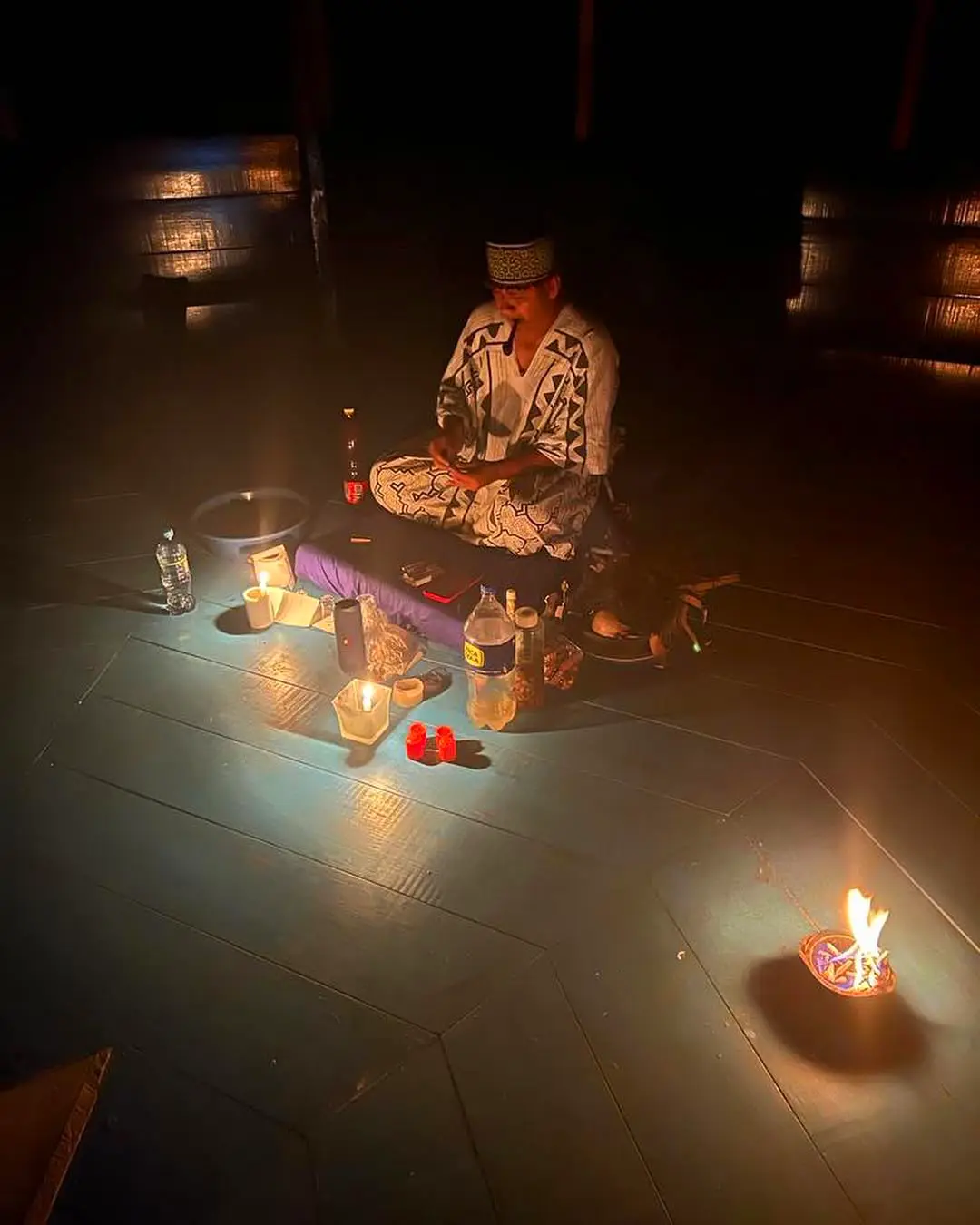
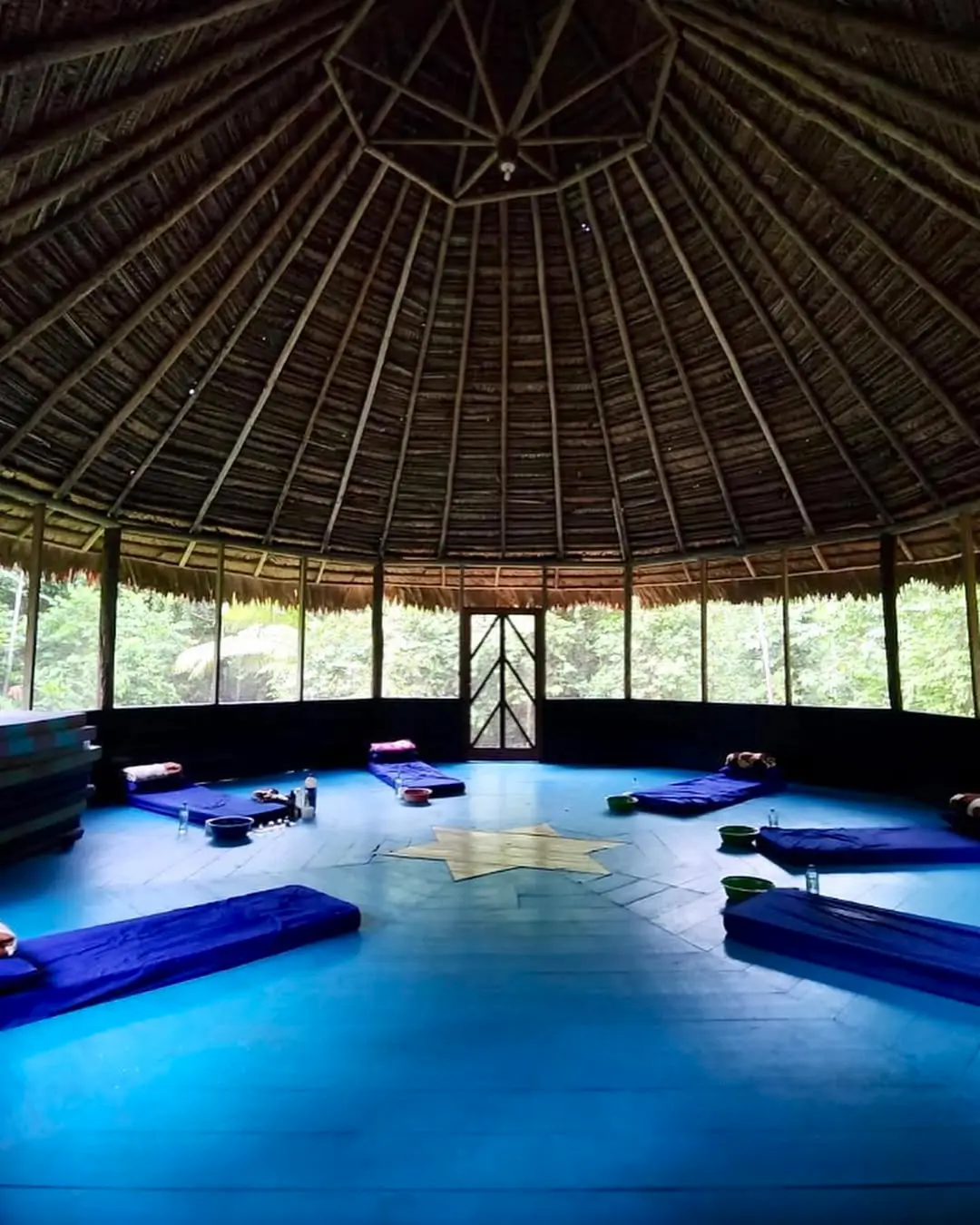
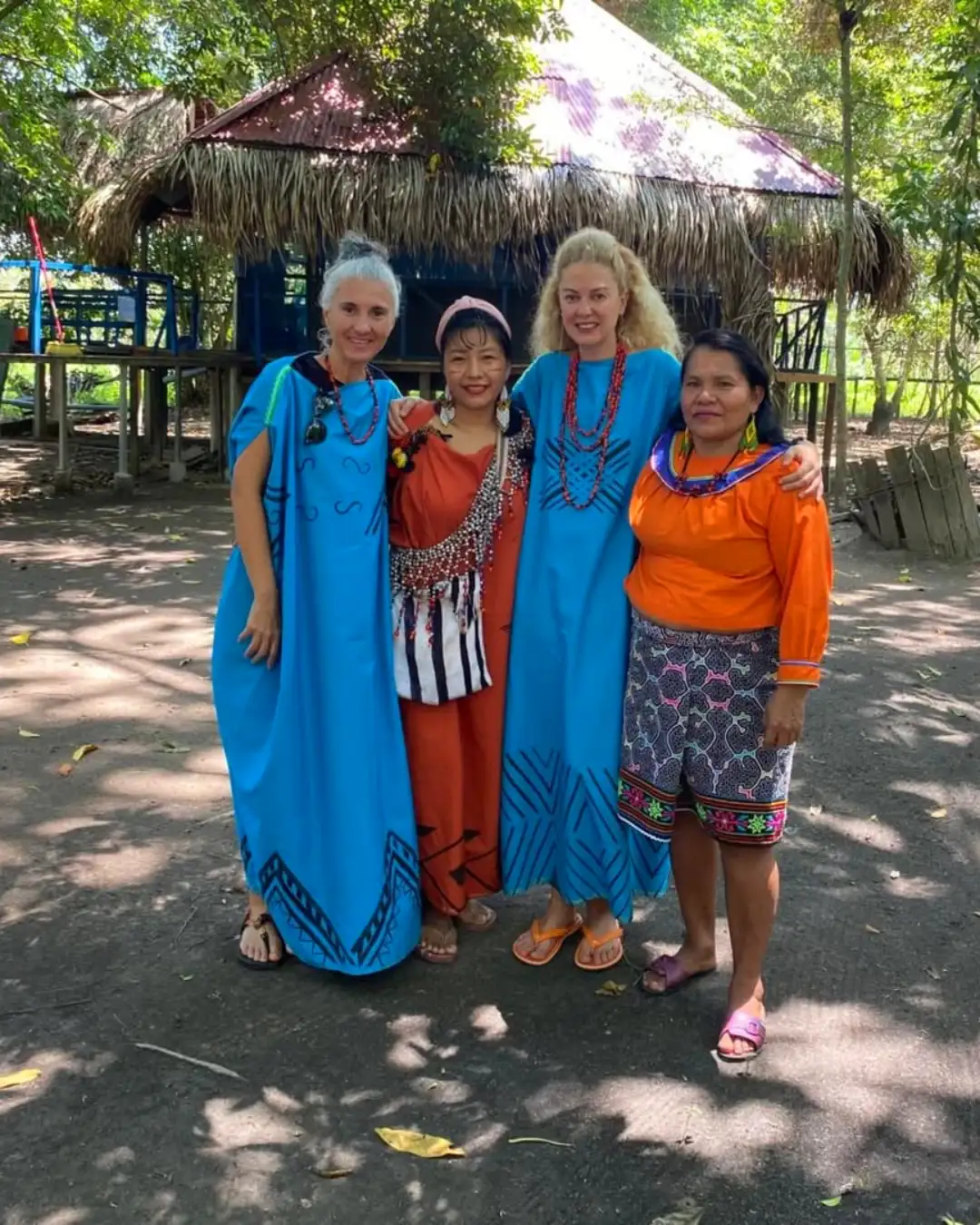
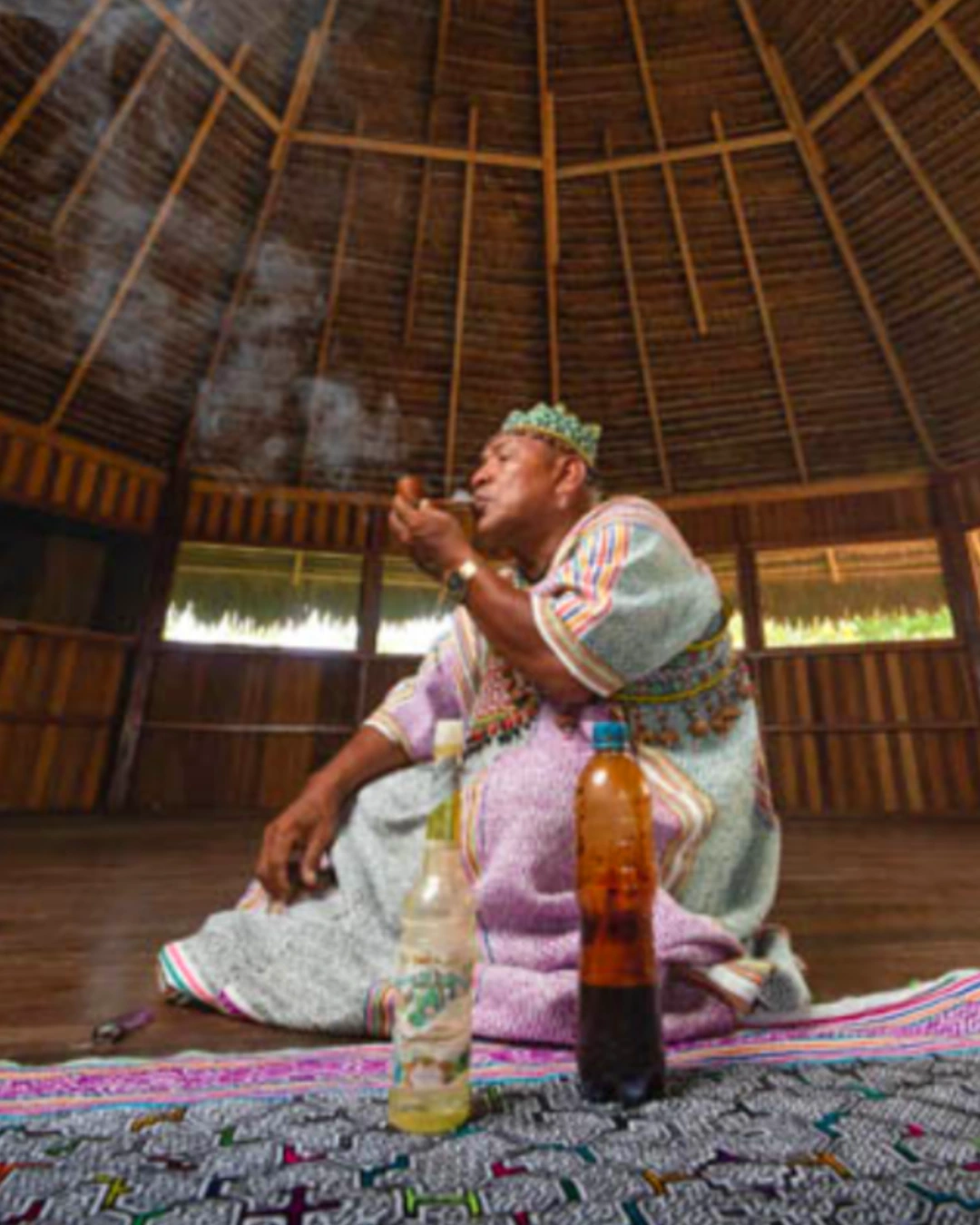
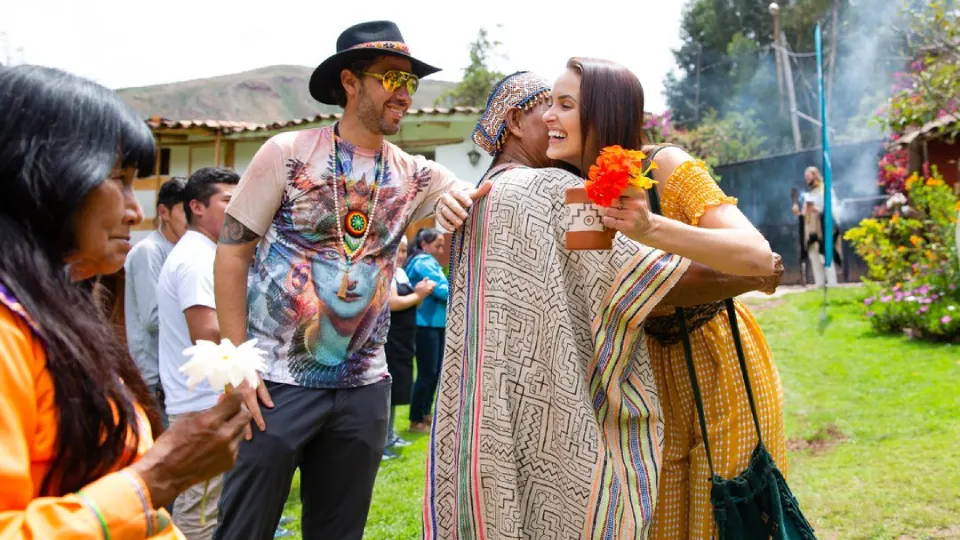
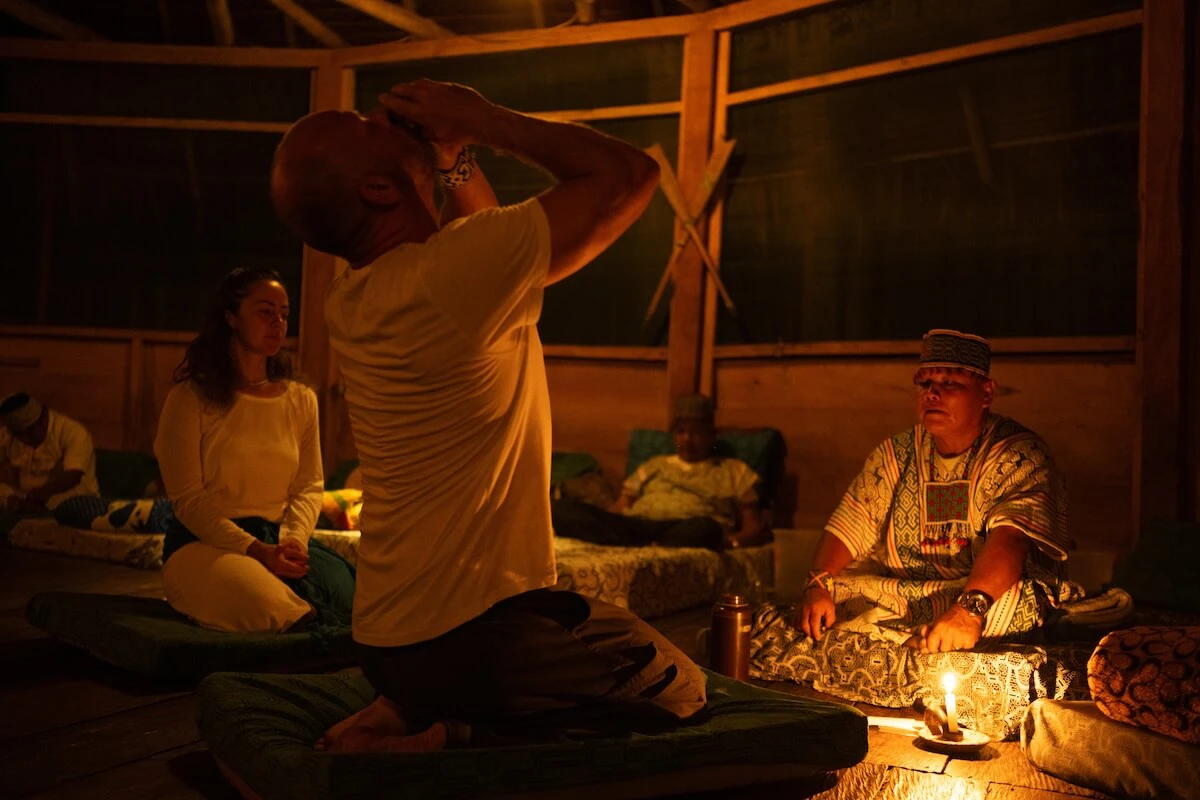
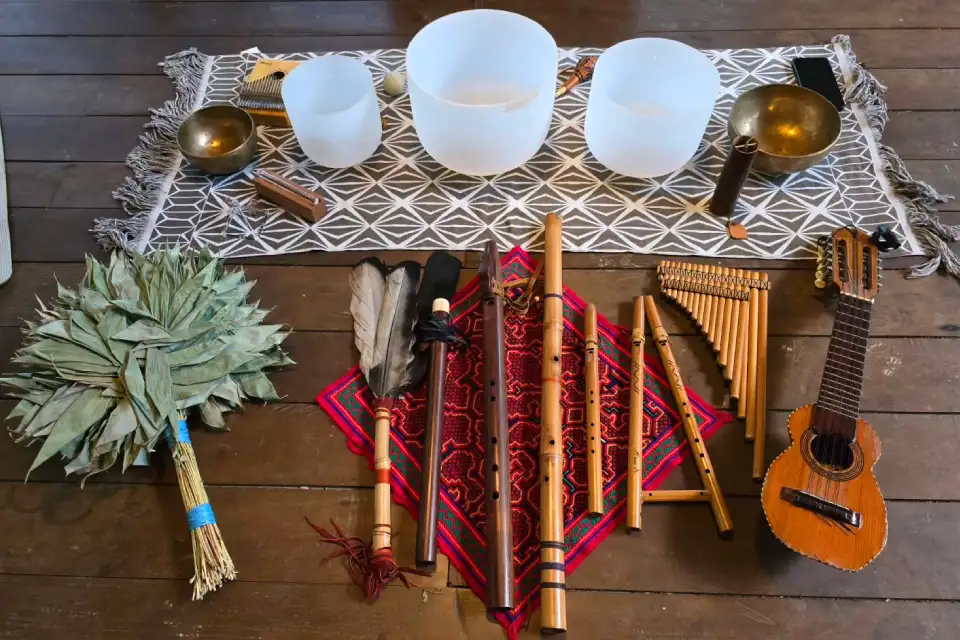
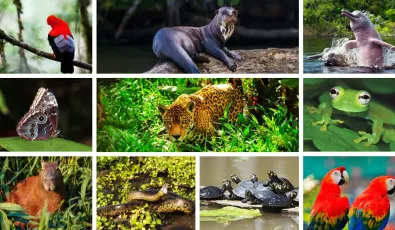
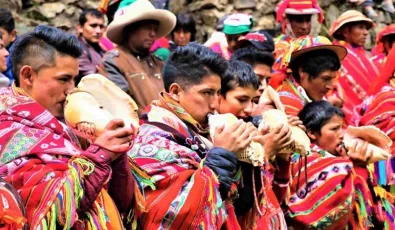
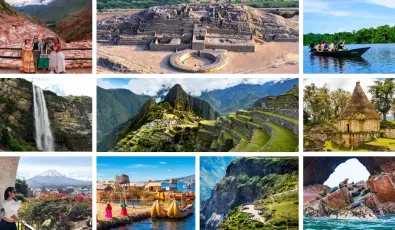

Add new comment